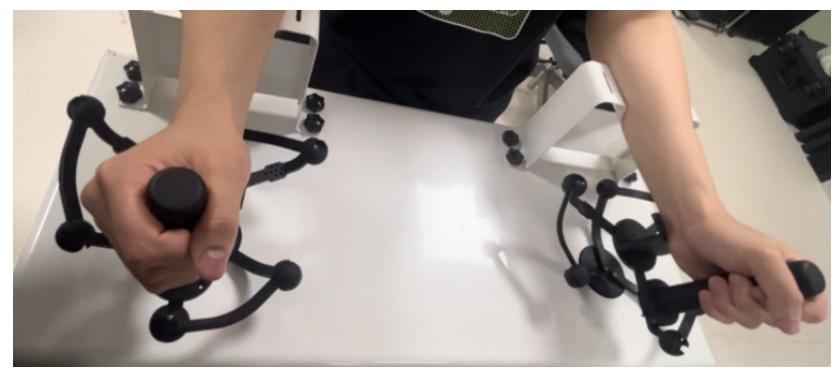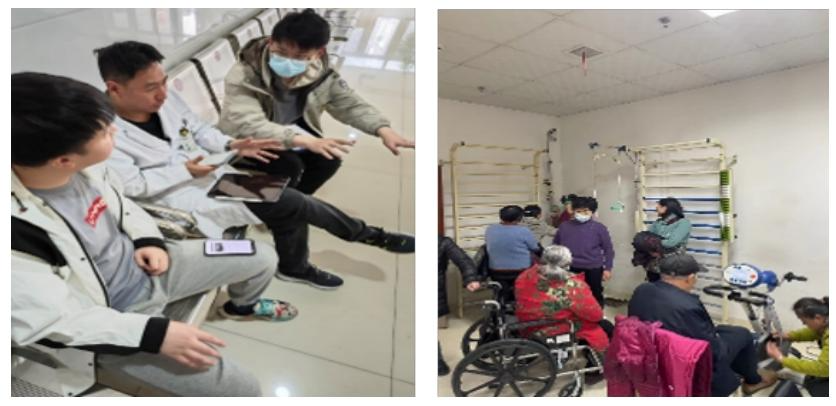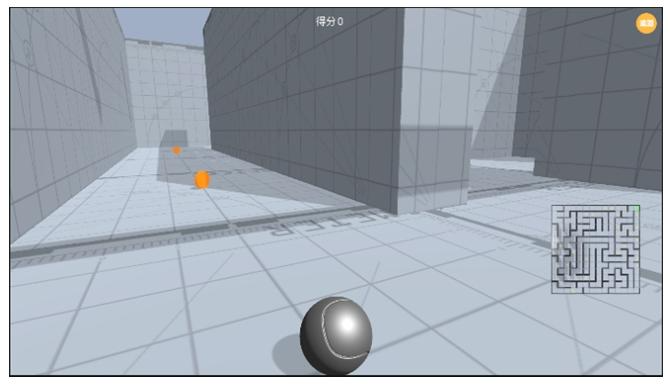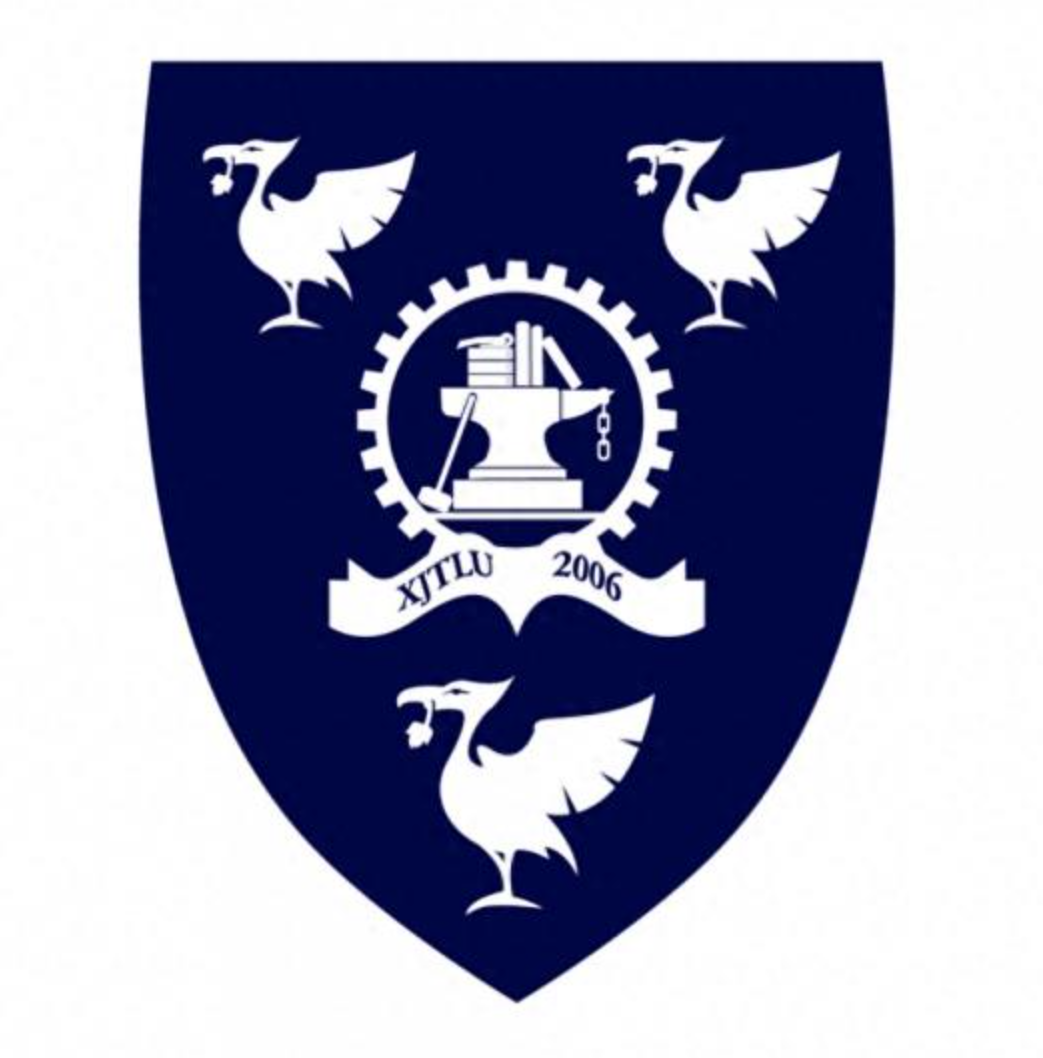Multimedia based stroke rehabilitation methods
2023-2024
Kaicheng.Liang Yuekai.Shi
Yunxin.Xu Renming.Zheng
Zhixin.Li

Project Background and Objectives
Background: Stroke is a serious global public health problem. Traditional rehabilitation training has problems such as long cycle, single content, and inability to meet patient needs. Although there are rehabilitation machines and games, there is a lack of a system that effectively integrates and evaluates rehabilitation data.

Objectives: To develop a stroke rehabilitation system integrating devices and gamification elements, promote patient recovery, reduce the medical burden, and provide assessment tools and simplify the rehabilitation process for medical staff.
Design Requirements and Planning
Design Requirements: Through research at Rugao Hospital and Suzhou Rehabilitation Center, design principles were summarized, including consistent bimanual manipulation, easy-to-understand game design, guiding a full range of wrist movements, considering clinical value, independent software design and testing, an independent system management platform, and an automatic scoring system.
Project Planning and Division of Labor: In the early stage, the needs of patients, doctors, and partner companies were collected. Then, the design of games and platforms was discussed. The division of labor was as follows: Kaicheng Liang developed the Shadow Puzzle game, Yunxin Xu developed The Royal Game of Ur game, Renming Zheng developed the Ball Maze Adventure game, Zhixin Li developed the rehabilitation platform, and Yuekai Shi conducted user research and data analysis.
Design Concepts and Screening
Rehabilitation Games: After analyzing the elderly game market and literature, three types of games, namely chess, exploration, and puzzle games, were selected for development. These games have their own characteristics, can attract patients’ interest, guide different wrist movements, and improve the rehabilitation effect. They have also been optimized in terms of operation difficulty and cooperation with instruments.

Rehabilitation Platform: Aiming at the lack of an integrated platform in the medical system, a rehabilitation management platform with functions such as patient management, data visualization, evaluation and testing, and automatic reminders was designed to facilitate doctors to manage patients and view rehabilitation data.
Prototype Production
Hardware Design: A passive mechanism was adopted, where the healthy hand drives the affected wrist to move, promoting joint activity and muscle coordination and facilitating nerve recovery.

Rehabilitation Platform and Database: The platform integrates a database to track patient progress. Doctors can manage patient information, launch games, and view data. The database collects patient information, training information, and motion trajectories.
Game Development
Shadow Puzzle: The wrist is trained by rotating game objects to match the shadows. There are multiple difficulty levels and rich levels. AIGC technology is used to improve the visual effect. The rehabilitation effect is evaluated by analyzing the patient’s game performance. There are detailed designs in input interaction, angle matching, etc.

Ball Maze Adventure: Control the ball to collect coins in the maze. There are different difficulty options. It is adapted to the visual and auditory experience of the elderly. The hardware device collects wrist movement data to control the ball movement. Future plans include adding recording and platform integration functions.

The Royal Game of Ur: Adapted from an open-source game, the rules and interface are adjusted to suit stroke patients. The pieces are moved by rolling the dice. It is connected to the rehabilitation device to collect data. Future improvements will focus on optimizing the scene and device adaptability.

Test Results
Questionnaire Survey: A survey of six patients showed that patients had relatively high satisfaction, comfort, mobility improvement, and game engagement with the system, but the ease of use needed to be improved.
